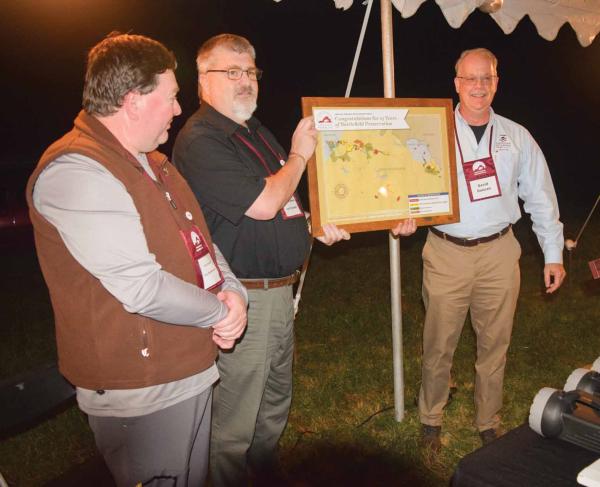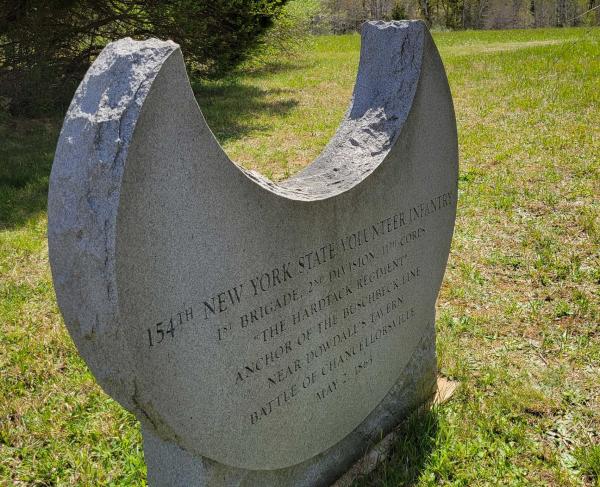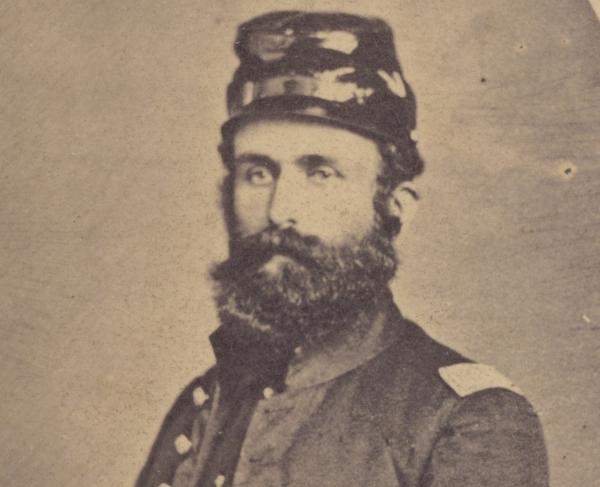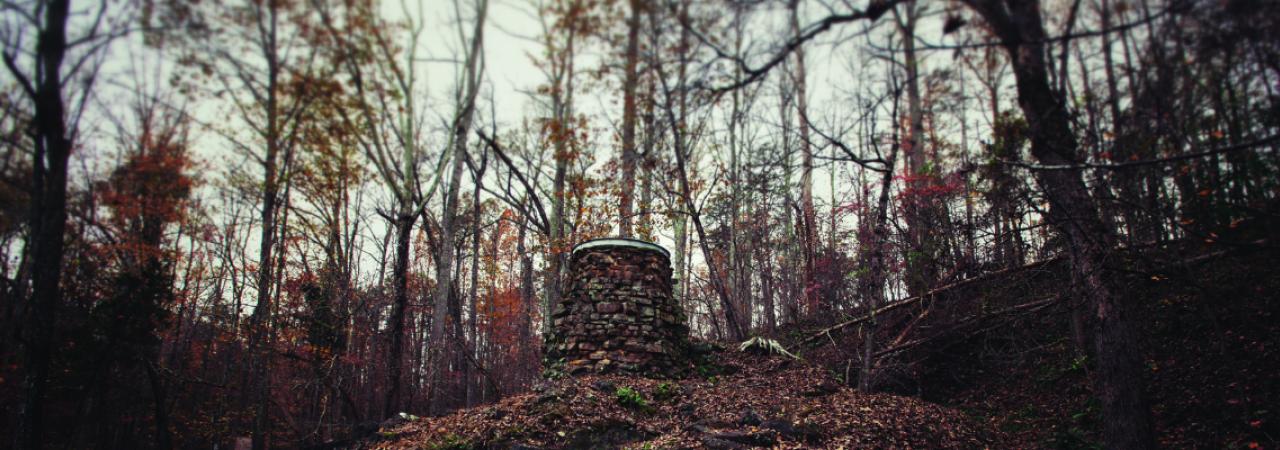
In the early morning hours of May 2, 1863, Lt. Gen. Thomas “Stonewall” Jackson arose with a chill. Only a few hours’ rest buoyed the 39-year-old general; the previous evening had been a long one.
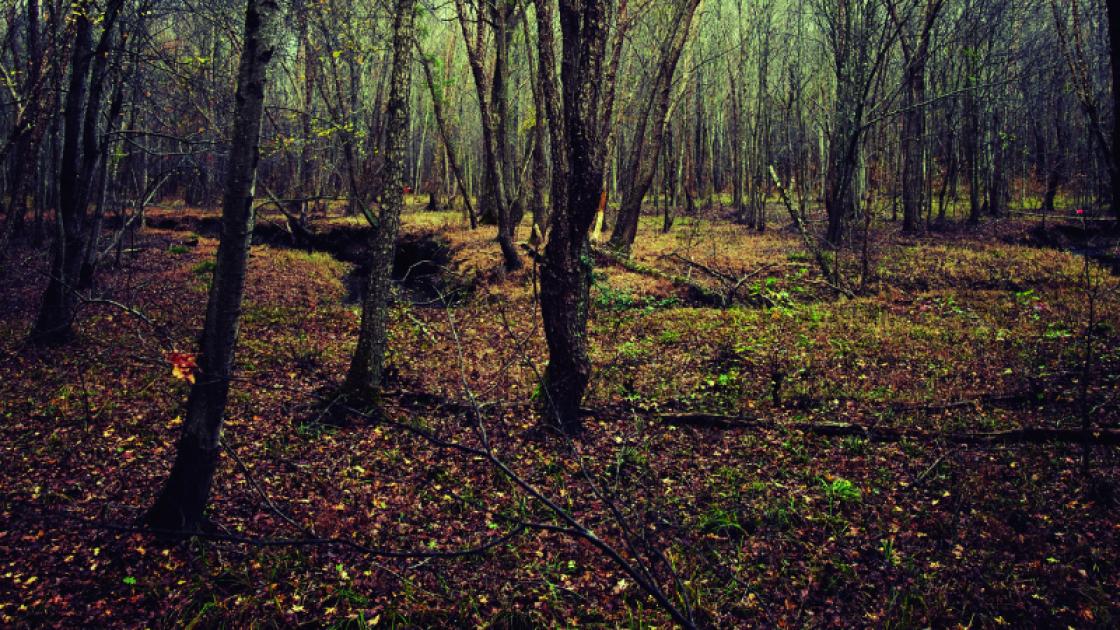
As May 1863 began, Jackson and the vast majority of the Confederate Army of Northern Virginia found themselves embedded among the snarling thickets of the Wilderness, squaring off against Maj. Gen. Joseph Hooker and the Union Army of the Potomac. May 1 had ushered in the first rounds of fighting between these two armies, and “Stonewall” Jackson, cavalry commander Maj. Gen. J.E.B. Stuart and Gen. Robert E. Lee had spent the evening plotting their next move.
The resulting plan, audacious and dangerous, would result in either triumph or ruin. The Army of Northern Virginia, outnumbered two-to-one, would split into two independent parts. Lee, retaining some 13,000 men in two divisions, would stay in place, demonstrating in front of the Union left and center to capture the attention of Federal forces. With Lee’s diversion as cover, Jackson would set off before first light with 32,000 hardened veterans on a 12-mile march around the Union army. The three divisions of Jackson’s command would tear into the Union right flank and rear, causing mayhem and delivering a punishing blow to the Army of the Potomac.
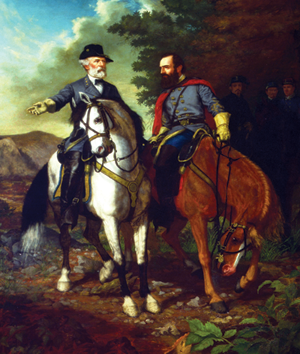
Looking back 150 years later, it is easy to predict the success the Confederates would enjoy, easy to envision the triumph that would reward their daring. This hindsight often causes us to overlook the magnitude of the gamble Lee and Jackson were taking. With Jackson on his flank march, the Confederate army would be cut in two, neither half in supporting distance of the other. Should the Union army choose to attack, the Yankees would be presented with a fantastic opportunity to destroy the Army of Northern Virginia piecemeal. Robert E. Lee and Stonewall Jackson were very literally taking the fate of the army into their hands — and perhaps the entire Confederacy’s existence along with it.
Yet as Jackson awoke and set into motion on May 2, things immediately began to go awry. Despite his planned 4:00 a.m. departure, Jackson’s columns didn’t step off until 7:00 a.m. With a 12-mile march ahead of them, daylight was limited and the loss of time critical. Jackson’s men hurried out under the cover of Lee’s demonstrations. Rebel skirmishers and artillery batteries pestered the Union lines, drawing attention away from the increasingly weak strength of Confederate forces as Jackson’s men melted away into the woods. The flank march was underway.
Confederate strategies, however, were only half the equation. A few miles away in Union headquarters at the Chancellor House, Hooker kept track of events. Despite his boastful predictions of Lee’s certain annihilation, “Fighting Joe” Hooker’s plans had come to naught thus far. Instead of slamming into the rear of Lee’s army near Fredericksburg, Hooker trapped himself in the Wilderness, where maneuvering the pieces of his 90,000 man army proved exceedingly difficult. Tacitly giving away the campaign’s momentum, Hooker instead concentrated on fortifying his lines, awaiting Robert E. Lee’s next move. Still, his defensive position seemed strong. He outnumbered his gray-clad foes, appeared well-fortified and held the battlefield’s high ground at Hazel Grove.
In spite of Confederate attempts to mask Jackson’s maneuver, secrecy lasted for all of one hour. From high atop Hazel Grove, Union outposts spotted Jackson’s columns in a clearing near Catherine’s Furnace around 8:00 a.m.; they were seen marching southward and “toward the right.” Two hours later, shells began falling among Jackson’s men, who scrambled across the exposed clearing for safety. While Federal batteries opened fire from Hazel Grove, Union high command reacted swiftly to news of Jackson’s maneuvering. Hooker, concerned with a possible flank attack, fired off dispatches to Maj. Gen. Oliver Otis Howard, commander of the XI Corps and the Union army’s right flank. Hooker warned Howard that he must “be prepared for [the enemy] in whatever direction he advances.…We have good reason to suppose that the enemy is moving to our right.” Hooker understood the threat posed by Jackson’s spotted column; unfortunately for the Union army, Howard did not.
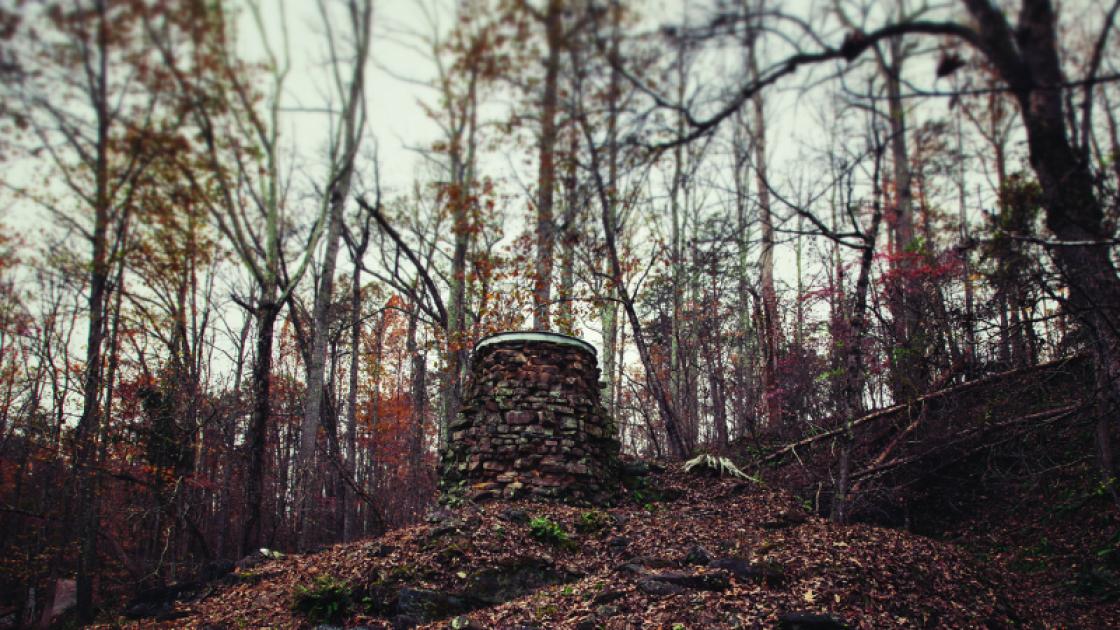
Although the Confederate ruse was up, Hooker did not utilize the opportunity to retake the offensive. Around noon, he finally gave Maj. Gen. Daniel Sickles, an excitable New Yorker soon to lose a leg at Gettysburg, permission to make a limited, probing attack on Jackson’s column. Striking with the green-outfitted sharpshooters of Col. Hiram Berdan’s regiments, Union forces met resistance from a solitary Confederate outfit — the 23rd Georgia. Posted as a guard against just such an assault, the 23rd had the unenviable job of delaying Union forces long enough for Jackson’s column to escape down the road. Although successful at their grim task, 296 Georgians were captured. One such Georgian taunted his captors, smugly remarking, “You may think you have done a big thing just now, but wait till Jackson gets round your right.”
It was now almost 2:00 p.m. The Georgians had done their job — Jackson’s force had escaped — and the march toward the unsuspecting XI Corps continued unabated. Moreover, as Jackson’s troops marched onward, they took a southward bend in the road. Witnessing this, Sickles reported to Hooker and others that Jackson was not making a flanking maneuver to the west, but instead appeared to be retreating south. For Union forces, the danger had seemingly passed; the Confederate army was falling back.
Meanwhile, the XI Corps remained vulnerable because Howard had failed to heed Hooker’s earlier warnings. His lone act consisted of sending a single Signal Corps officer into the woods off to the west, trusting that one man could promptly warn of an impending attack. Clearly, Howard did not believe his flank was truly threatened. This incorrect belief was reinforced by Sickles’s report that the enemy was in retreat. Thus, while Jackson trudged closer and closer, Howard and his men became more and more relaxed. Indeed, despite increased sightings of and skirmishes with Confederates to the south, Howard and his officers remained dismissive and unconcerned with the situation.
At 3:00 p.m., Stonewall Jackson penned a quick message to Lee, notifying him that “I hope as soon as practicable to attack. I trust that an ever kind Providence will bless us with great success.” Having escaped the danger around Catherine’s Furnace, Jackson’s men were concluding their march and approaching the moment of battle. They began to form into battle lines in the woods just beyond the XI Corps’s right flank. While most of Jackson’s first two divisions were in place around 5:00 p.m., his third division, under Maj. Gen. A.P. Hill, was not yet up. Despite not having his full force, the time had come to attack. The delay at the beginning the march was beginning to haunt Jackson. Daylight was burning, and the window in which to make his assault was steadily shrinking. So, at 5:45 p.m., Jackson turned to his leading division commander, inquired as to his readiness, and issued a terse, “You can go forward then.”
The first thing Union soldiers saw emerging from the woods was not, in fact, Confederates, but a flood of deer, rabbits and all manner of woodland creatures pouring forth from the trees. It quickly became apparent what these animals were fleeing from, however, as thousands of Southern soldiers let up the Rebel cheer and slammed into the unsuspecting Yankee lines. George E. Place of the 12th New Hampshire, who was miles away when Jackson’s attack commenced, remembered hearing the assault “like the eruption of a volcano” in the distance.
Federal soldiers began to flee, pounding the road back east into the Union center and left. Luther Mesnard in the 55th Ohio remembered, “To the right or left or in front as far as I could see, everything was fleeing in panic.…It seemed to me that the whole army had gone to pieces.” Attempts were made to rally the troops. John L. Collins, 8th Pennsylvania Cavalry, recollected, “At the very height of the flight, we came upon General Howard…in the middle of the road and mounted, his maimed arm embraced a stand of colors that some regiment had deserted, while with his sound arm he was gesticulating to the men to make a stand by their flag.”
The XI Corps did manage to make a stand, when Col. Adolphus Buschbeck rallied his brigade in the vicinity of the Wilderness Church. But against the overwhelming flood of Rebel soldiers, the so-called Buschbeck Line held for only a deadly 20 minutes.
While Jackson attacked from the west, Lee joined in from the east, squeezing the Federal army in a vise of men and metal. Naturally, the Confederates experience was quite opposite to that of the Federals. Robert Garnett of the 21st Virginia penned home, “We came up in rear of the yankeys late on Saturday evening. You never saw such a charge as we made upon them, we soon got them routed and then it was a perfect foot race…” That foot race continued until evening, when darkness and sheer exhaustion compelled a stop to the advance. The Confederate attack had crippled the Federal XI Corps and battered in the Union right flank over several miles.
For Jackson, however, this halt was not an end to the day’s events, but merely a brief respite in the offensive. Notwithstanding nightfall, Jackson remained full of fight and wished to press the attacks, hoping to capture U.S. Ford on the Rappahannock River and thereby cut the Federals’ line of retreat. Riding to the front with a party of men, he began to confer with his subordinates about the condition of his troops and the roads ahead. Impatiently awaiting his advance to continue, Jackson and his party continued to ride forward.
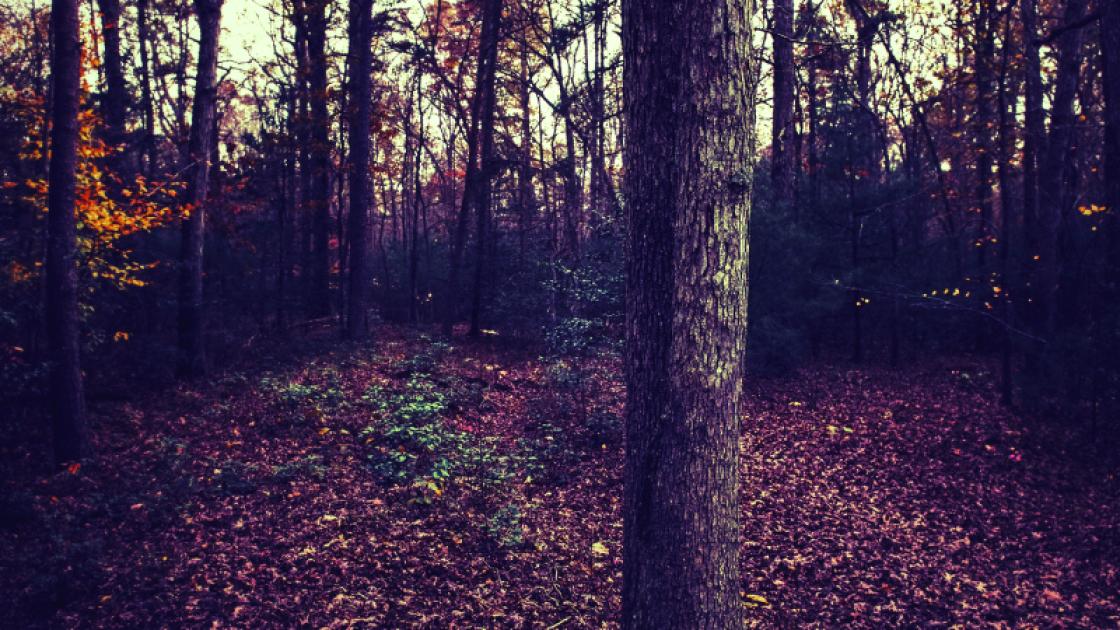
Riding along the small, moonlit lane, Jackson and his staff somehow managed to canter beyond their own lines. Unbeknownst to them, they now occupied a lethal no-man’s land. Jackson and his party halted, carefully listening for any sign of the enemy or the renewed Confederate assault. Instead, they heard a single musket crack. This lone shot was quickly followed by a full volley of fire. Lead sped through the trees, fingers of death wreaking havoc upon Jackson’s party. What caused the fire has been the subject of some debate; it is unclear whether Jackson’s group or some other threat initiated the exchange. What is certain is the toll.
Lt. Joseph Morrison, riding with Jackson that fateful evening, tried to stop hail of bullets, crying out, “You are firing into your own men!” Yet the tar-heels of the 18th North Carolina, responsible for the infamous volley, remained suspicious. Maj. John Berry responded angrily, “Who have that order? It’s a lie! Pour it into them!” More bullets flew through the night.
When the firing ended, three staff officers lay dead and several more wounded. Stonewall Jackson himself had taken three bullets: one in the right palm, two in the left arm. A litter was quickly arranged, and volunteers sprang forth to carry the wounded general to the rear. The friendly fire, however, had created quite a ruckus in the night, one noticed by the Federals. Union shells began to pummel the landscape. Stonewall Jackson was being escorted through his lines under an artillery barrage. One litter bearer fell wounded and another tripped, dropping Jackson on his freshly shot arm. The party faithfully picked him, shrapnel sparking along the ground, and hurried along, finally reaching safety beyond the reach of Union guns.
For the Confederate army, the nocturnal nightmare of Stonewall Jackson’s wounding ended the fighting on May 2. While desultory skirmishing continued, no great night offensive would be carried out. The Rebels were without their great Stonewall; worse, second-in-command A.P. Hill had been wounded in the subsequent artillery fire. Lee and his forces were miles away, long out of supporting distance. In short, half of the Confederate army found itself leaderless and, after some confusion, cavalry officer J.E.B. Stuart (entirely untested as an infantry commander) was placed in charge.
When one surveys the second day of fighting at Chancellorsville, a number of things become readily apparent. For one, it’s clear that the Confederate army entirely dictated the course of the day’s battle. While Hooker and the Union army stood idly by and watched Jackson disappear into the distance, even congratulating themselves on the Rebels’ apparent retreat, Lee and Jackson were in fact engineering one of the most successful flank assaults of the American Civil War. The flank attack fundamentally reshaped the battle, giving Robert E. Lee the offensive and momentum.
Yet taking the offensive also posed serious risks. Outnumbered two-to-one, Robert E. Lee was dividing his force in the face of a superior enemy, opening himself up to destruction in detail. Lee staked his army’s existence — and, with it, the Confederacy’s fate — on Federal inaction. The ruse had to work. This makes Federal lethargy on May 2 all the more incomprehensible. The Confederate ruse didn’t work! Union forces watched Stonewall Jackson’s men march past near Catherine’s Furnace that morning. General Hooker warned General Howard to watch his right flank. The pieces of the puzzle were in Union hands, they just refused to put them together. . While credit must be given to Generals Lee and Jackson for their audacity, luck must be given her due as well. Fortune did indeed favor the bold on May 2, 1863.
Yet perhaps the biggest and most consistently overlooked gamble taken by Robert E. Lee on May 2 was not whether Stonewall Jackson could execute the flank attack, but whether his troops could survive what came after it. For all of its tremendous success, the flank attack did not decide the outcome of the Battle of Chancellorsville. If anything, when the Confederate flank assault ended that night, the Confederate army occupied a more dangerous position than it had that morning! The Confederate army was still outnumbered, but now it was cut in half, with an angry Yankee army in between. Moreover, the high ground around Hazel Grove still lay in Union hands.
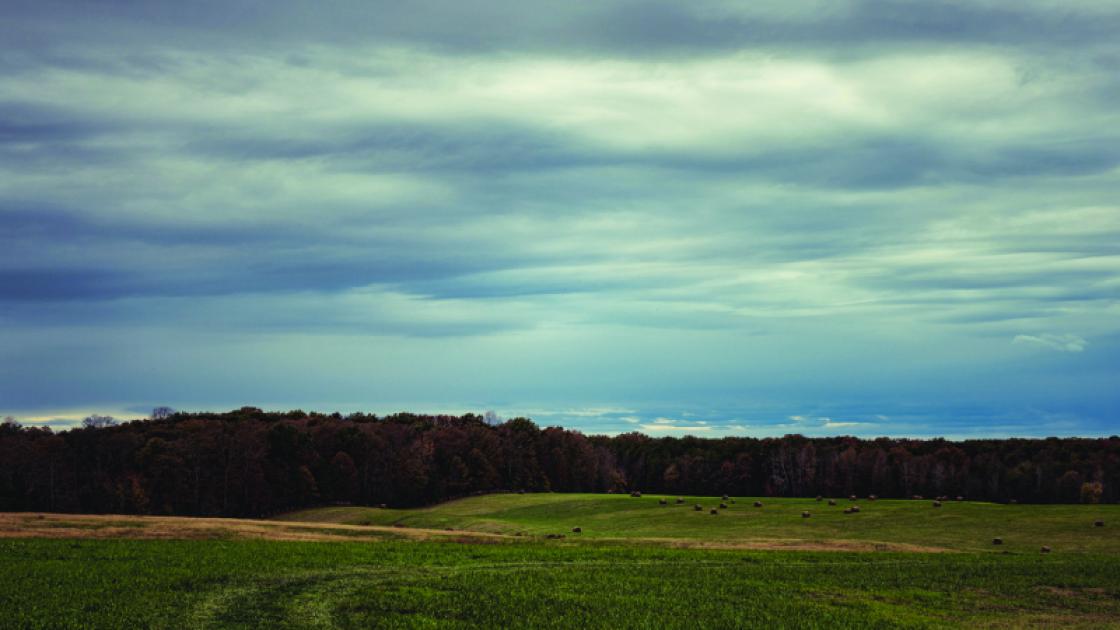
Little record exists indicating what precisely Lee and Jackson sought to accomplish with the flank attack. The destruction of the Army of the Potomac? Although Jackson’s attack managed to knock out most of the XI Corps, the Federal I, II, III, V and XII Corps remained relatively unscathed. The Federals were hurt but hardly destroyed. Perhaps the goal was to capture U.S. Ford on the Rappahannock River, cutting off Federal avenues of retreat? This is what Jackson intimated before his wounding. But it is hard to believe that his tired soldiers, after a full day’s march followed by a three-hour battle, could have slugged their way through many more Union soldiers to reach the river.
Of course, none of this denigrates the decision of Lee and Jackson to make the assault. History has vindicated their decision as the correct one; Chancellorsville today owns the sobriquet of “Lee’s Greatest Victory.” Indeed, these post-attack risks merely highlight the trust General Lee placed in Stonewall Jackson, and they heighten the stakes of their successful gamble on May 2.
The fight would rage on for another day. The Confederate army was in a precarious position and, contrary to popular belief, Hooker remained very much in the fight. Two Union corps lay directly on Jackson’s left flank when the fighting subsided on May 2. Hooker, aware of this, discussed the possibility of attacking Jackson—flanking the flankers—with Gouverneur K. Warren, who noted that “Genl. Hooker made his dispositions accordingly and intends to flank and destroy Jackson.”
Nightfall’s quiet around Chancellorsville on May 2 belied the day’s events. The Union army had been trounced, the Confederate army was cut in two, the great Stonewall had fallen and both Lee and Hooker prepared for tomorrow, the climactic day of battle on May 3, 1863.
Related Battles
17,304
13,460

